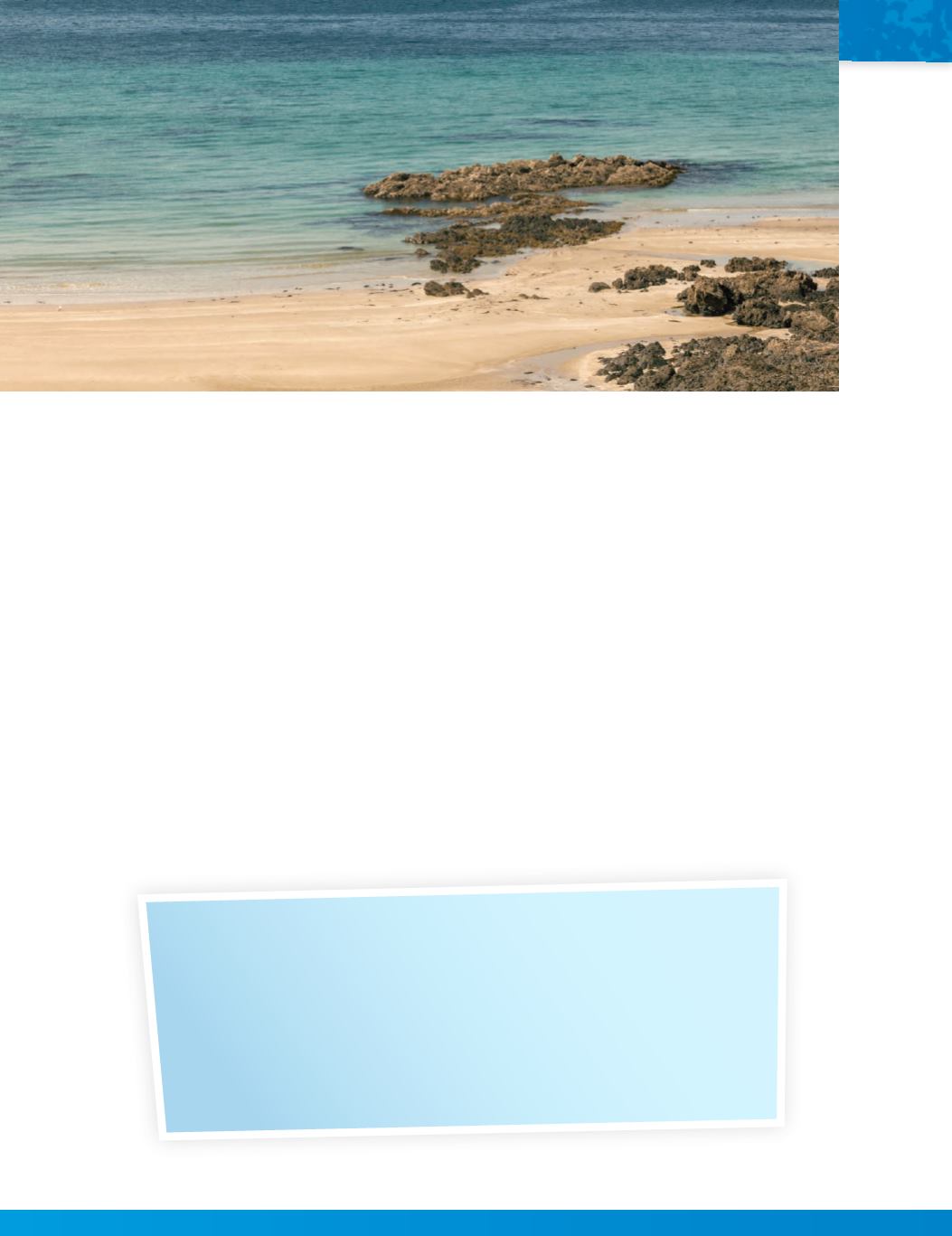

Thinking about Wetlands for Flood Control
1.
Have there been floods in your community? What caused
them? What was the effect of the floods?
2.
Is there a floodplain in your community? How is it used?
3.
Is there a wetland in your community? How does that wetland
help reduce the effects of floods?
Wetlands also trap silt and sand, creating offshore land. In some
places, this process creates
barrier islands
. Barrier islands are strips
of narrow land a short distance from shore. They provide a large buffer
zone between the open ocean and coastal cities. The only problem is
that people like to build their homes on these beautiful islands. These
homes have no buffer against the full force of surges when tropical
storms strike.
Some climatologists think that tropical storms are getting more
powerful. These storms may bring heavier than usual rainfall and
produce more frequent floods. It would be wise for people living in
flood zones to make plans to protect their wetlands. City planners,
farmers, geologists,
engineers
, biologists, teachers, and students can
work together to preserve wetlands and floodplains. The result would
reduce the damaging effects of these floods.
60









